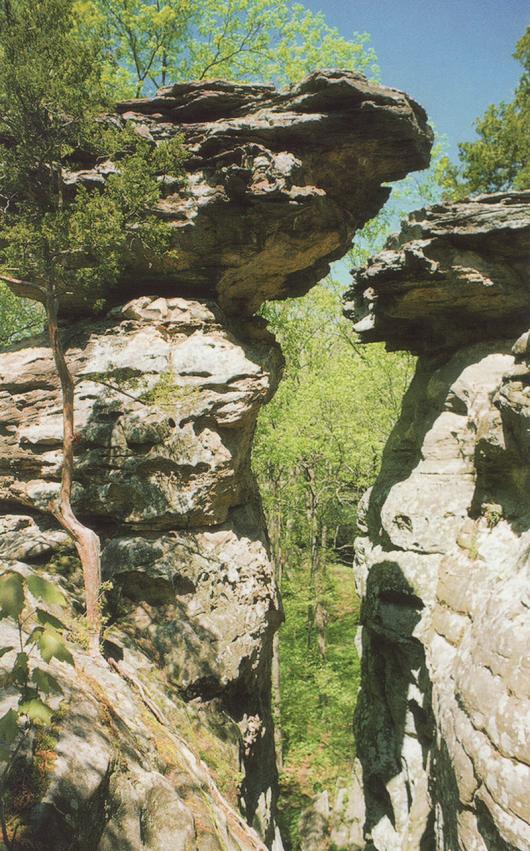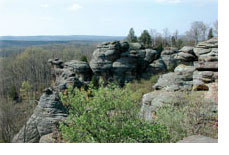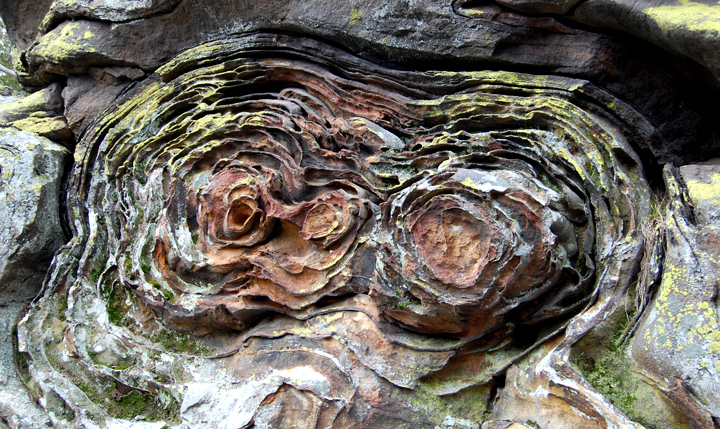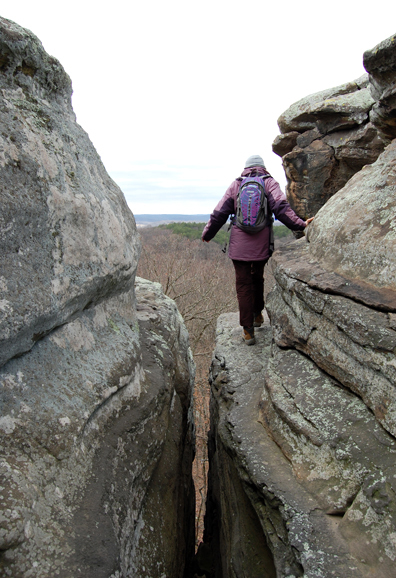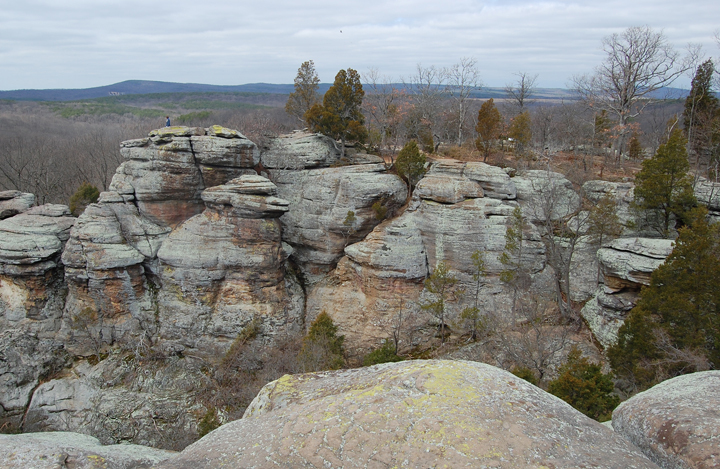Garden Of The Gods:
Recreational opportunities
It contains numerous trails for hiking, walking, mountain biking and horseback riding. One of the most popular trails, named Perkins, has been paved in an effort to combat the erosion of the park's central garden caused by its numerous visitors. Visitors receive frequent reminders to watch out for rattlesnakes in the hot days of summer.
Because of the unusual and steep rock formations in the park, it is an attractive goal for rock climbers. Rock climbing is permitted, with annual permit obtained at the Garden of the Gods Visitor and Nature Center. The only requirements are reading the rules, proper equipment, climbing with a "buddy", and staying on established climbing routes. Due to the sometimes unstable condition of the sandstone—particularly after a great deal of precipitation—several fatalities have occurred over the years. This is a very popular bicycle-riding area because of the scenic views, safe one-way recently-paved roads, and healthy clean air.
Geological formations
The outstanding geologic features of the park are the ancient sedimentary beds of red and white sandstones, conglomerates and limestone that were deposited horizontally, but have now been tilted vertically and faulted by the immense mountain building forces caused by the uplift of the Pikes Peak massif. Evidence of past ages; ancient seas, eroded remains of ancestral mountain ranges, alluvial fans, sandy beaches and great sand dune fields can be read in the rocks. A spectacular shear fault can be observed where the Tower of Babel (Lyons Sandstone) contacts the Fountain Formation. The name Colorado is said to come from the color of the sandstone. There are many fossils to be seen: marine forms, plant fossils, and some dinosaur fossils.
The hogbacks, so named because they resemble the backs and spines of a pig, are ridges of sandstone whose layers are tilted. Instead of lying horizontally, some layers are even vertically oriented. Each hogback can range up to several hundred feet long, and the tallest (called North Gateway Rock) rises to a height of 320 feet (98 m) tall. A notable rock feature on this hogback, the Kissing Camels, appears to be two very large camels sitting face to face with their lips touching. The hump on the northern-most camel broke off from erosion and heavy climbing.


